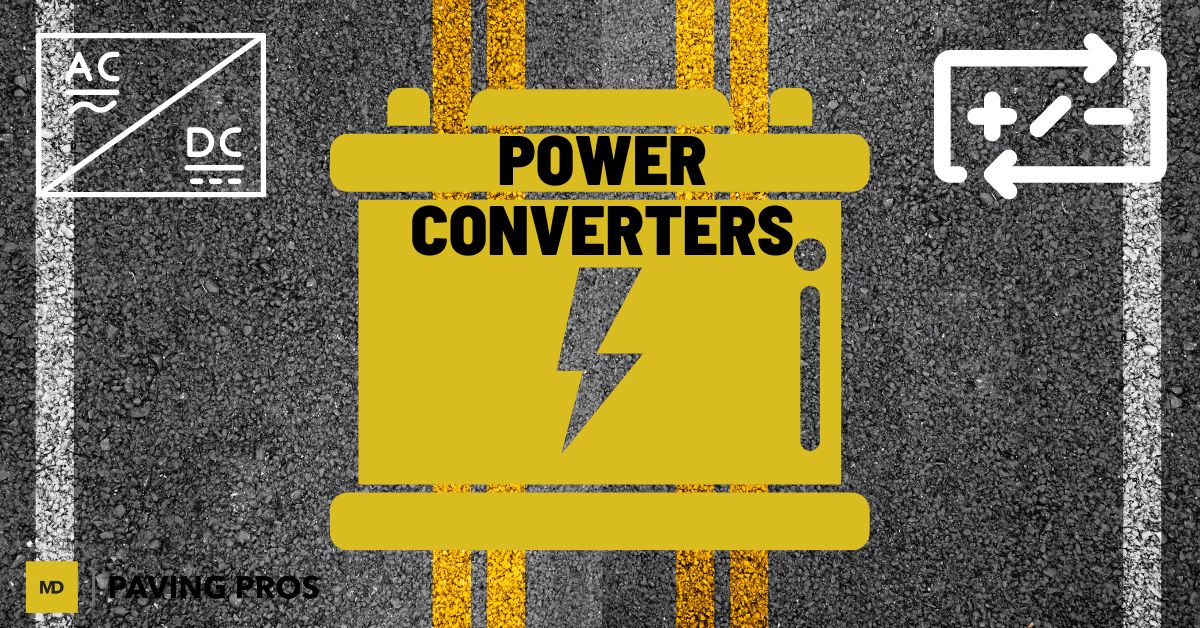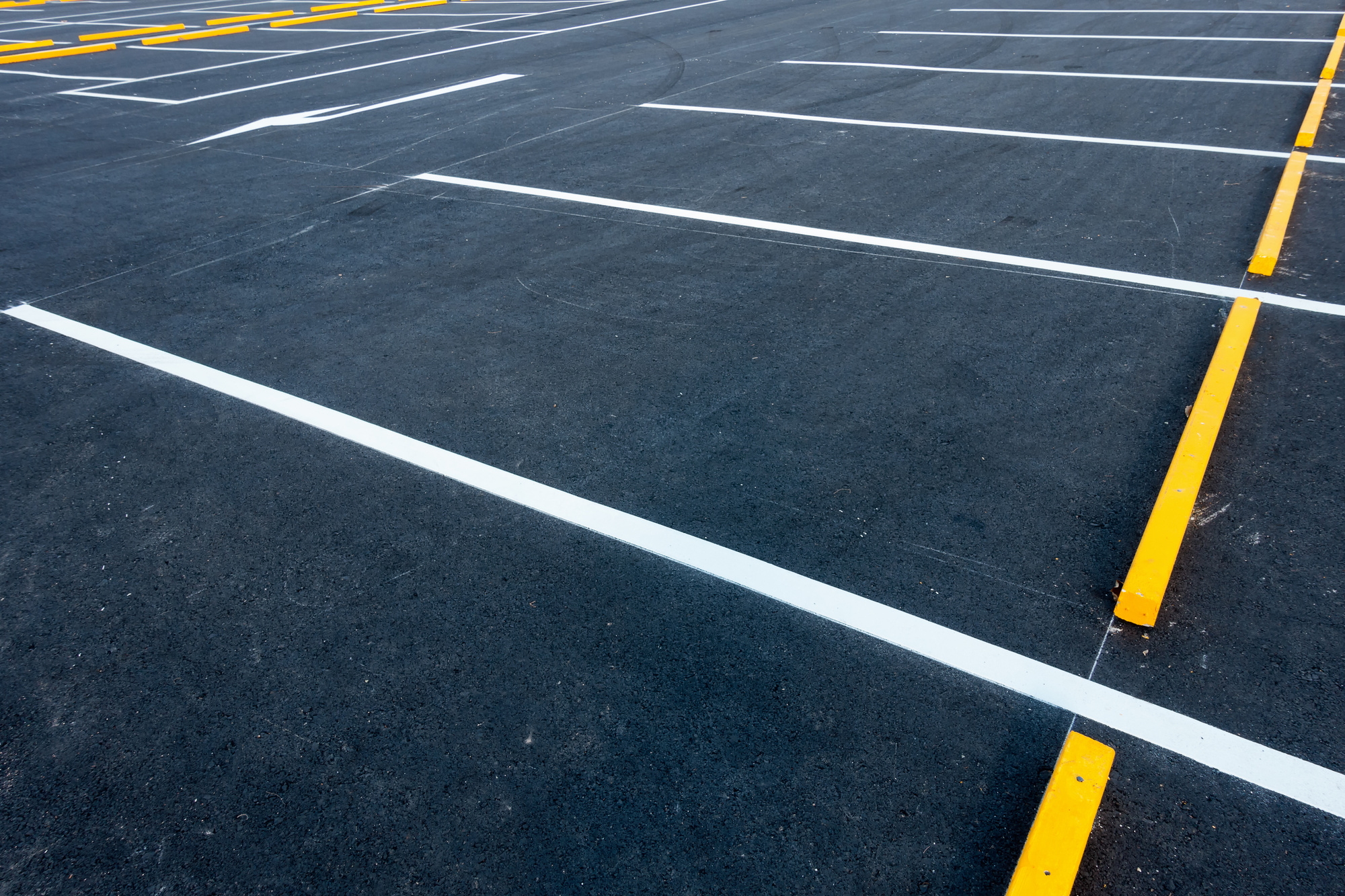Getting Started on Concrete
First impressions are important. When people drive up to your home, the first impression they get is the driveway. Like anything else, it requires maintenance. Concrete driveways, sidewalks and roads are very durable, but they can be damaged.
There are many reasons behind cracks in the concrete driveway. Concrete is a mix of sand, cement, aggregate, and water. Agents such as tree roots, water, or salt may cause cracks. The most common cause, however, is feeble installation. Excessive weight can also cause some severe damage.
Luckily, fixing concrete driveway cracks is a relatively inexpensive do-it-yourself project. Also, you can avoid more severe driveway issues by taking time to repair cracks. The secondary benefit is that you will improve the overall appearance of your driveway – you’ll enhance your home’s curb appeal.
When it comes to your property, the outdoor surroundings of your property are an excellent way to create impressions that last. Taking advantage of your concrete’s full potential is visually important.
Having a smooth concrete driveway is one way to ensure that the great outdoors whisper nothing but elegance. If well maintained, concrete can last for a long time. Still, it will require maintenance from time to time; but proper sustenance will save you tax bills in the long haul.
Concrete driveway maintenance often involves repairing cracks and other unsightly elements like discoloration that cause it to lose its oomph. These conditions may result from the effects of freezing water on the driveway, standing water, tree roots, excess heat and the expansion and contraction of the aggregate.
When such elements damage your concrete driveway, you don’t have to build a whole new concrete driveway. That would obviously be costly and more time-consuming.
The secret? You can transform your old concrete driveway to revitalize its look with repairs that last.
What Causes Concrete Driveway Cracks?
Poor installation. The most common reason behind cracks formation is deficient installation. Mediocre driveway installation is due to unsatisfactorily constructed subbase. Reputable concrete contractors usually build a subbase from crushed stone. They pack it tight and then install an aggregate base. Afterward, they pour concrete driveway material over it. If instead of crushed rock a contractor uses sand or dirt, this stuff gets moist. After freezing, it expands and contracts. Hence, it causes concrete to crack.
Tree roots: Over time, concrete driveway cracks start to appear. There are a few reasons behind it. One of the reasons for cracks in the concrete driveway is tree roots. By getting more prominent, tree roots push against the concrete.
Water: Another reason is water getting into concrete. In winter, water freezes then expands; thus causing cracks in the driveway. This is why these fractures become bigger than before.
Salt: If you need to get more traction out of the surface, you’ll use some salt. However, the salt quickens the freeze-thaw process of the snow. Afterward, water will flow into the concrete surface where it will refreeze. After exerting pressure on the surface, causing cracks. Therefore, use sand instead if you must. It will provide traction without destroying your concrete driveway.
Excessive weight: Even though concrete is a durable material, it is far from being perpetual. Anything over a few tons will crack the residential driveway. The exact amount it can hold varies on materials used, the depth, and quality of the subbase.
List of Tools
- Appropriate protective clothing
- Protective goggles and gloves
- A mason’s hammer or a hand sledgehammer
- Broom
- Sizeable flat screwdriver or a mason’s chisel
- Cement mixture
- Chisel
- Concrete sealer or concrete caulking
- Sand
- Pointing trowel
- Optional water sealer
- Air compressor, canned air or shop vac
Groundwork
Clean the cracks. First, you need to create a clean surface. You want the top of your driveway to bond with repair materials. Break off loose parts of concrete with a chisel or a screwdriver. Be careful not to enlarge the cracks. Use a wired brush to remove remaining debris from cracks’ edges. From within the cracks, eliminate as much waste as possible. For this purpose use an air compressor, shop vac, or canned air. Clean out all the debris and dirt from the cracks. At this point, breaks are ready for repair.
Safety Precautions
Read the instructions. When using any products to repair cracks in your driveway, be sure to read the directions and safety precautions. Often, materials that you use to fix cracks in concrete pavement require appropriate care. The job requires specialized tools and equipment. But it usually depends on the method you choose.
Think long term. Before you begin, try to get a feel for what caused the crack. Think about how can you eliminate the cause of a problem. If you want your job to be successful, preventing future damage is vital. Depending on the size of the crack, the methods will vary.
Fixing Small Cracks in Concrete Driveway
- To fix small cracks in the concrete driveway, you can use a sealer, pourable grout, or textured caulk.
- Begin by wetting the cracks if using a concrete sealer or pourable grout. On the other hand, keep the brakes dry if you are using textured caulk.
- Use a pointing trowel to push the sealer or grout into the crack. Fill the break completely.
- In the case of textured caulk, use slightly more than needed to provide for shrinkage as the caulk dries.
- In case you are wearing protective rubber gloves, use your fingers to ensure that you are filling the cracks entirely.
- In every case, refer to manufacturer guidelines of every product.
How to Fill Larger Cracks in Concrete Driveway
Pourable Concrete Grout
- Undercut the cracks if they are more extensive than half an inch. This way you will ensure that the patching material will stay inside when the concrete expands.
- Wet the cracks and begin filling them with grout.
- Use only a quarter inch of pourable concrete grout per application.
- Either make multiple grout applications that are a quarter inch thick, or fill the cracks with sand leaving a quarter inch to the surface of the break to be filled with pourable concrete grout. To compensate for shrinkage, overfill the cracks slightly.
- Allow adequate time to dry.
Vinyl Concrete Patch Material
- Be sure to follow directions if you are using vinyl patch material. Mix as much as you can use within less than 20 minutes, no more.
- Start by wetting cracks.
- Using a pointing trowel, spread the patch material into the cracks.
- Fill cracks in layers no thicker than a quarter of an inch. This will allow you to distribute an equal distribution that is less likely to crack. After your initial layer dried out, proceed with additional layers until cracks are full.
Textured Caulk
- In case you are using textured caulk, apply it to a dry surface.
- Fill cracks with sand or foam backer board if breaks are more in-depth than three-eighths of an inch.
- Fill cracks entirely with the applicator (refer to a manufacturer’s guidelines). Don’t forget to apply some overfill to account for shrinkage or dried caulk.
Use a pointing trowel to combine the final patch substance with the surrounding concrete as you’re finishing applications. Use a small broom (manual one is preferred over electric one) to run across the patch to match the consistency of your parcel with the original surface.
The DIY Driveway Repair Infographic

Driveway Repair Checklist
1. Start by removing molds, dirt or mildew that might be present on the path. Use a pressure washer to get the work done efficiently and effectively. Then, use a suitable masonry cleaning solution to clear away the remaining matter.
2. Put the solution in the reservoir of the pressure washer and spray it on the surface of the driveway. After applying the cleaner, you will need to attach a high-pressure nozzle to the machine. This process ensures that the material used for patching will finally adhere to the existing concrete.
3. Next, you need to mix up an adequate amount of concrete resurfacer with water in a bucket that can take up to five gallons to fill the cracks. You can get concrete resurfacer from any store that deals with construction and heavy tools. To prepare the patching material, you can use a mixing paddle chucked in a half-an-inch drill. Your mixture needs to be of thick consistency.
4. Once you have your mixture in place with the right consistency, the next step is to pour it in the cracks. You may want to use a flat edge trowel to guide the mixture deep into the crack. Concrete repair with trowel tool. Smoothen the surface of the material and leave it overnight to dry up.

5. For the best results, the repaired surface needs another lighter batch of the resurfacer. However, before you apply this other batch, be sure to add water and dampen the concrete so that it does not dry quickly. Once achieved, spread the resurfacer and be keen to get an even coating with no marks.
6. When the resurfacer starts to settle in, you can use a broom that has an extended handle to give the new concrete surface texture as well as prevent it from being slippery when dry.
Give your driveway 24 hours, and you will be able to use it.
When to Call in Professionals to Fix Cracks in Concrete Driveway
If cracks in the concrete driveway are more significant and numerous, think long and hard about a solution. You might think that your pavement is merely cracked, but it may be sunken. Or perhaps you are getting ready to sell your home. In these cases attempting to repair cracks on your own may just be putting a band-aid on a problem that’s going to come back again and compound the issue.
If you are not confident whether your driveway needs professional repair or not, contact a concrete repair specialist to take a look. Our concrete professionals will not only assess the damage but will also research the cause. We will give you a fair assessment. Get a free, no obligation quote today!






